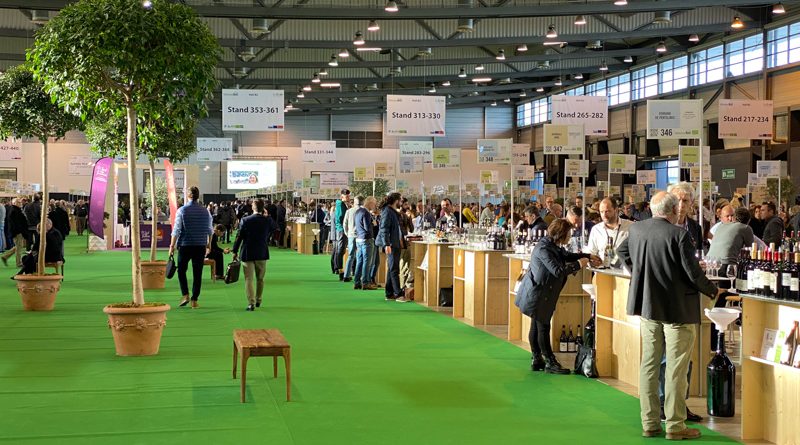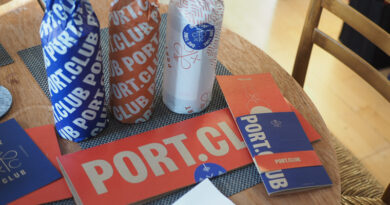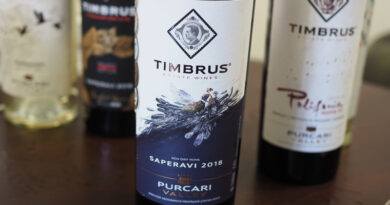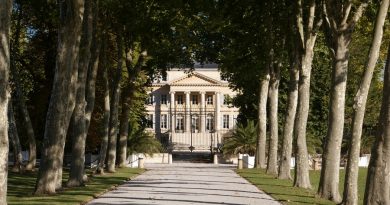Millésime Bio, the world’s largest organic wine fair
2020 saw the 27th edition of Millésime Bio, the world’s largest organic wine fair. Jamie Goode attended, and while he was there interviewed Nicolas Richarme, President of SudVinBio who run the fair, to find out more.
Nicolas Richarme tells me that at the first edition of Millésime Bio, back in 1993, there were ten producers and a négociant. ‘There were only a few visitors,’ he says. ‘Now there are 1300 exhbitiors, and we expect 7000 unique visitors. Yesterday [the first day of the fair] there were 3900, which is 9% better than last year.’
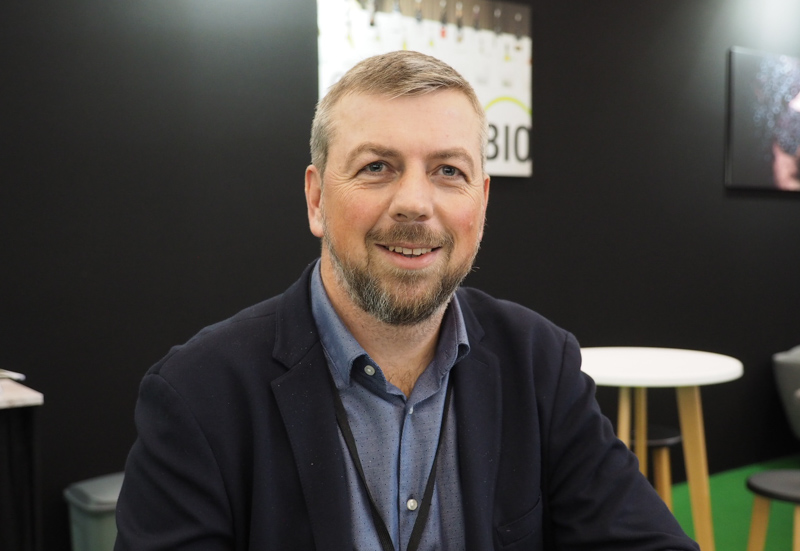
Does this reflect a growing interest in organic wine? ‘Yes, there is a lot of demand for organic wine, and there is also more and more production,’ says Richarme. ‘It’s good, everything is increasing. It’s all systems go.’
Richarme is in his first year as president of SudVinBio, which is the interprofessional body for southern France’s organic winemakers. They recently commissioned some market research on organic wine from The IWSR (International Wine and Spirit Record), which looked specifically at five key markets, and also predicted category growth until 2023. ‘There is a lot of information in this study,’ says Richarme.
The main findings of the IWSR report, commissioned by SudVinBio
- 2013: 441 million bottles
- 2018: 729 million bottles (2.6% global consumption)
- 2023 forecast: 976 million bottles (3.5% of global consumption, 34% increase)
- Studied five key markets (France, Italy, Spain, Germany and the US): here, organic consumption rose at an average of 19.1% a year between 2013 and 2018
- Forecast is an increase of 8.2% a year in those markets, 2018-2023
- Organic wine market worth €3.3 billion (2018)
By 2023, the predictions are:
- Spain 160 000 ha organic
- France 115 000 ha organic
- Italy 96 000 ha organic
75% of the exhibitors at Millésime Bio are French, and this is something they are not keen to change. ‘It is in France,’ says Richarme. ‘We have to have 70% of French producers.’ There is a quota limiting the number of Spanish producers. ‘In Spain there are a lot of organic producers, and if there isn’t a quota there will be three of four hundred Spanish producers, and it can’t be like this. France has to be put first: this is the way they think.’ And 30% of the exhibitors are from the region the fair is in, Occitane. ‘It is representing 35% of the organic vineyard in France, and half of organic wine production.’ France makes 2.2 million hectolitres of organic wine, and a million of these are made in Occitane (The Languedoc, Roussillon and Midi-Pyrenees). The fair gets some money from the region for communication, and there are subsidies from the region for producers to exhibit.
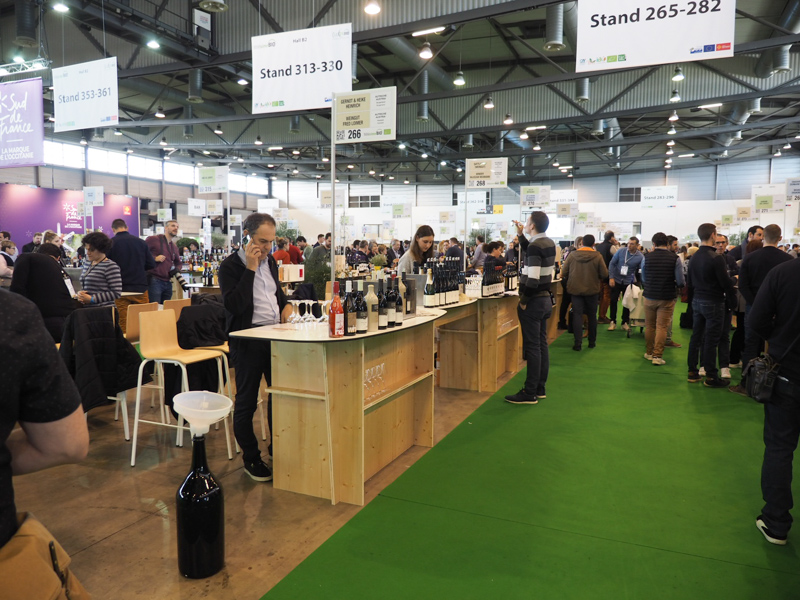
I asked him whether there were any competitors. ‘This was the first organic wine fair 27 years ago, and we have grown,’ says Richarme. ‘Nobody had the time to take our place. That’s why we have to grow every year. If there are too many winegrowers out of the fair, they might build another fair.’
The cost of exhibiting? Negociants pay a little more than winegrowers, and some of the tables are shared. But overall, this is a very egalitarian fair. Everyone has the same stand, and there are no big multideck stands for the large producers like other trade fairs. ‘Half of a table is €1000, and for the négociant the big table is €3000.’
The simplicity of the stands, just tables, is important. ‘This is the soul of the fair,’ says Richarme. ‘It began with just tables. We don’t want to change it because it works.’ The idea is that everyone has the same chance. ‘There are some exhibitors selling 25 million bottles a year, and others sell 3000 bottles. They have the same chance to meet buyers.’
Millesime Bio is now spread over five halls, but it feels quite spacious, despite its size. ‘We don’t sell square metres here. All the organizers are winegrowers and producers. It is a fair for people to do business. If we want them to come back, this has to be the case. 90% of the visitors come back every year. So I think they are happy.’
This year they tried to make an internet platform to connect buyers and producers, but it didn’t work very well. They are going to try again. ‘The algorithm didn’t work the right way, so we have to think about it better next year.’
One of the features of the fair is that all the producers from different regions are mixed in together. ‘At the beginning, everything was mixed to give all the exhibitors a chance to meet a buyer,’ explains Richarme. ‘If the buyer wants to meet someone, they taste, and they might see something interesting next door, and they can taste with another winegrower.’ Although it makes it complicated, for example, to try all the Austrian wine, or see all the Alsace producers, I think it works. It makes the fair better.
My impressions of the fair? It works really well. And the organic filter means that the wines, on balance, tend to be more interesting. Unlike most big fairs, it’s a really good place to taste. I’ll be back, for sure.
Millésime Bio: www.millesime-bio.com

